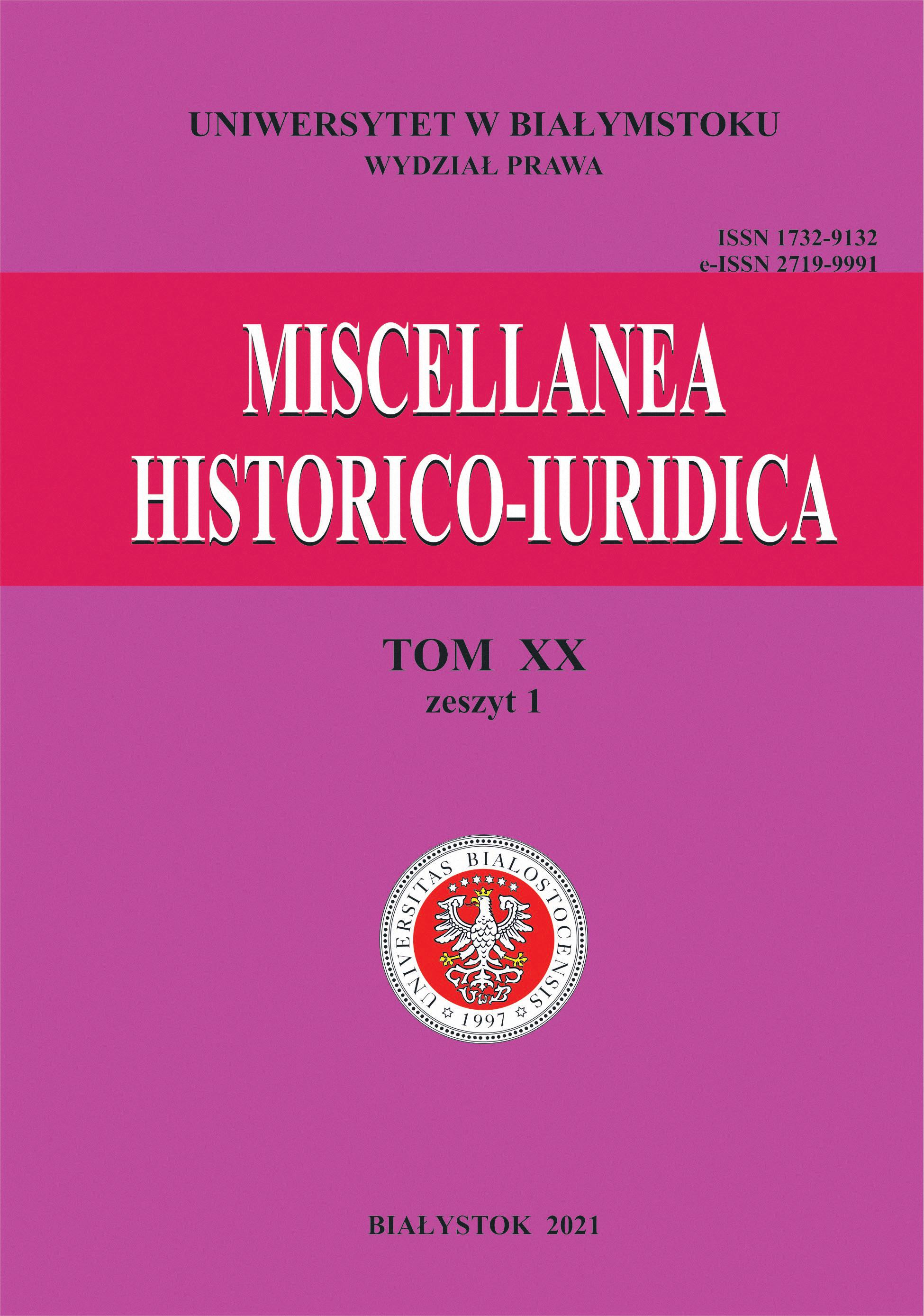Problem religijnego wychowania dzieci w poniemieckim prawie II Rzeczypospolitej
The Problem of Religious Education of Children in the Post-German Law of the Second Republic of Poland
Author(s): Bartłomiej Władysław TarkowskiSubject(s): Cultural history, Social history, Theology and Religion, History of Religion
Published by: Wydawnictwo Uniwersytetu w Białymstoku
Keywords: religiously mixed marriages; religious upbringing of children; former Prussian district
Summary/Abstract: We are witnessing mass migrations. Far more than a million Ukrainians, people close to Poles, ethnically and culturally, constantly live and work in Poland. Likewise, the multitude of Poles are continually abroad. Frequently members of different religions marry each other (or analogous informal relationships are established), they have children and want to raise them religiously or instil them a different worldview. What religion or worldview should their mutual children receive in case of their parents’ differences in beliefs? Paternalistic Prussia issued casuistic regulations regarding this. Initially, they were based on rather just assumptions, but quickly took the anti-Polish form. The reborn Second Republic of Poland decided that until the implementation of the Polish law, unified in the scale of the entire country, the post-annexation regulations should apply temporarily in the areas of their existing application. No unequivocal answer how religiously (ideologically) mixed marriages should raise their children in this respect has been provided in Polish law since 1946, that is, from the unification of Polish family law. In order to find a solution of this issue within comparative law studies, we should look at post-German law and jurisprudence of the Second Republic of Poland, particularly at indirectly assessing them judgment of the European Court of Human Rights in the case of Hoffmann v. Austria. This ruling shaped the current line of jurisprudence of the European Court of Human Rights. It was issued by a minimal majority of votes: 5 to 4, with 4 dissenting opinions. The point of view presented in it has been more widely accepted with time. The Court's ruling in the case of Palau-Martinez v. France, which repeatedly invoked this judgment, was adopted by 6 votes to 1, with only 1 dissenting opinion.
Journal: Miscellanea Historico-Iuridica
- Issue Year: 20/2021
- Issue No: 1
- Page Range: 9-26
- Page Count: 18
- Language: Polish

